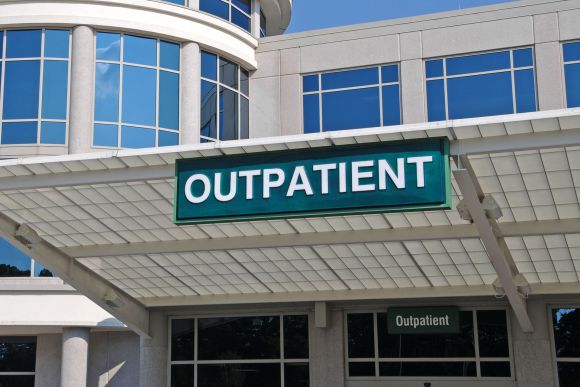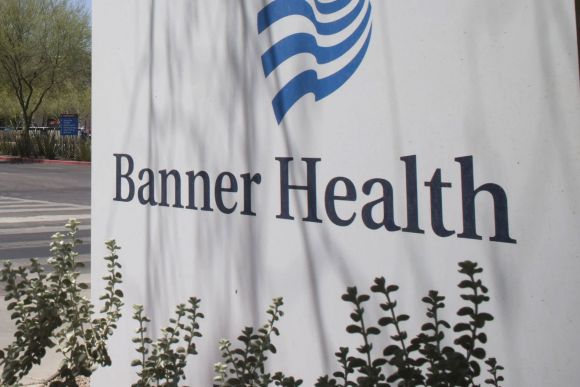It’s no secret that the pressure is on from government, businesses and insurers to control hospital costs. A regulation being implemented right now will leave up to two-thirds of all hospitals facing substantial penalties if they experience above average readmissions in certain areas.
Effective October 1, hospitals will face up to a 1% penalty in 2013 for acute myocardial infarction, heart failure and pneumonia patients who are readmitted within 30 days. The penalty will go up to 2% in 2012, then up to 3% in 2015, when four more conditions will be added to the list.
According to the Medicare Payment Advisory Commission (MedPAC), 67% of hospitals will face penalties averaging $125,000. Many hospitals put a 7-figure price tag on their anticipated impact.
MedPAC also says it is feasible for hospitals to cut down on readmissions by identifying at-risk populations, reducing hospital complications and improving communication with providers outside the hospital.
Our take is that with a look at patient data, fines and penalties can be easily minimized or avoided. Historically we’ve provided ‘down-to-the-household’ analytics on everything from retail customer patterns, to healthcare facility usage, to political donors, to households at risk of fire. The analytical offering now includes a formula to help hospitals pinpoint which specific patients represent a higher-than-average likelihood of readmission.
By cross-referencing a hospital’s past readmission data with various demographic and psychographic data, a case-by-case analysis can be generated that reveals the probability that any given patient will be readmitted within a 30 day period.
Equipped with that knowledge, hospitals can focus their attention on developing strategies to address the patients who run the highest risk. This might include strengthening their emphasis on patient education, self-management tools, life coaching, scheduling follow-up visits, reconciling medication before discharge, and calling or visiting patients after discharge.
“It’s important to note that not every readmission faces a fine,” says David Rambie, partner at Buxton. “It’s only those that put the hospitals in the ‘higher than average’ category. By helping hospitals successfully pre-determine where the greatest risks lie, we can keep them closer to the norm, and in the process avoid significant penalties.”
Rambie states that if the average penalties suggested are "anywhere near the suggested minimum amount, the Buxton solution provides a positive first year ROI." And by creating an effective strategy for keeping readmissions below the norm, those hospitals facing even greater penalties could realize tremendous savings in the years ahead.


